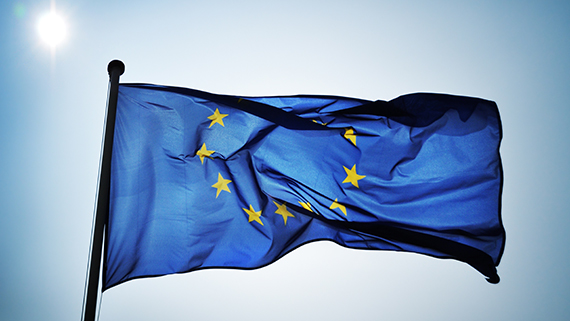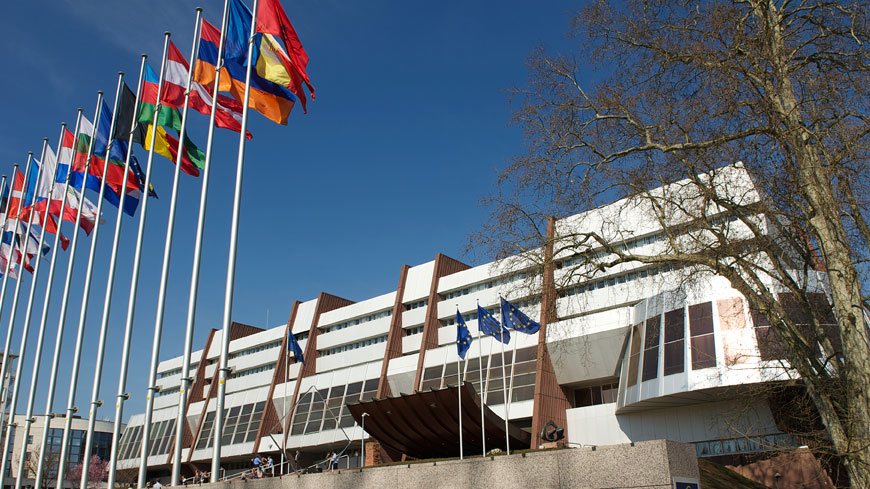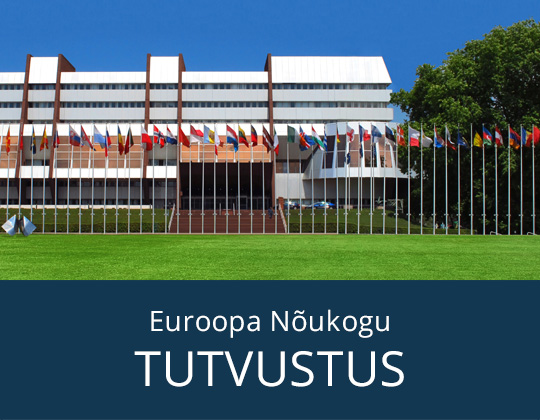Euroopa lipp

Alates asutamisest 1949. aastal on Euroopa Nõukogu olnud teadlik vajadusest anda Euroopale sümbol, mille Euroopa elanikud võtaksid omaks. 25. oktoobril 1955 kiitis Parlamentaarassamblee ühehäälselt heaks kuldsete tähtede ringi sinisel taustal. 9. detsembril 1955 võttis organisatsiooni Ministrite Nõukogu vastu tähtedega kaunistatud lipu, mis lasti ametlikult käiku 13. detsembril samal aastal Pariisis.
Kogu Euroopa sümbol
1983. aastal võttis Euroopa Parlament omakorda vastu Euroopa Nõukogu loodud lipu ning soovitas, et sellest saaks Euroopa Ühenduste embleem. Euroopa Ülemkogu andis selleks heakskiidu 1985. a. juunis. Euroopa Liidu institutsioonid hakkasid seda lippu kasutama 1986. aastal.

Sellest ajast saadik on Euroopa lipp võrdsustatud ühise poliitilise projektiga, mis ühendab kõiki eurooplasi, vaatamata nende erinevustele.
 Euroopa lipu ajalugu
Euroopa lipu ajalugu
 Kujutades ette Euroopa lippu
Kujutades ette Euroopa lippu
Copyright
Any natural or legal person (‘user') may use the European emblem or any of its elements, subject to the following conditions of use.
Conditions of use
The use of the European emblem and/or any of its elements is allowed, irrespective of whether the use is of a non-profit or commercial nature, unless:
(a) the use creates the incorrect impression or assumption that there is a connection between the user and any of the institutions, bodies, offices, agencies and organs of the European Union or the Council of Europe;
(b) the use leads the public to believe erroneously that the user benefits from the support, sponsorship, approval or consent of any of the institutions, bodies, offices, agencies and organs of the European Union or the Council of Europe;
(c) the use is in connection with any objective or activity which is incompatible with the aims and principles of the European Union or of the Council of Europe, or which would be otherwise unlawful.
Trade mark and related issues
The use of the European emblem in accordance with the conditions in the previous section does not mean consent to registration of the emblem or an imitation thereof as a trade mark or any other IP right. The European Commission ([email protected]) and the Council of Europe ([email protected]) will continue the monitoring of applications for registration of the European emblem or part thereof as (part of) IP rights, in accordance with the applicable legal provisions.

Did you know?
The Council of Europe Anti-Doping Convention adopted in 1989 is the only international legal instrument in this area to date.
Kus asub Euroopa Nõukogu asukoht?






